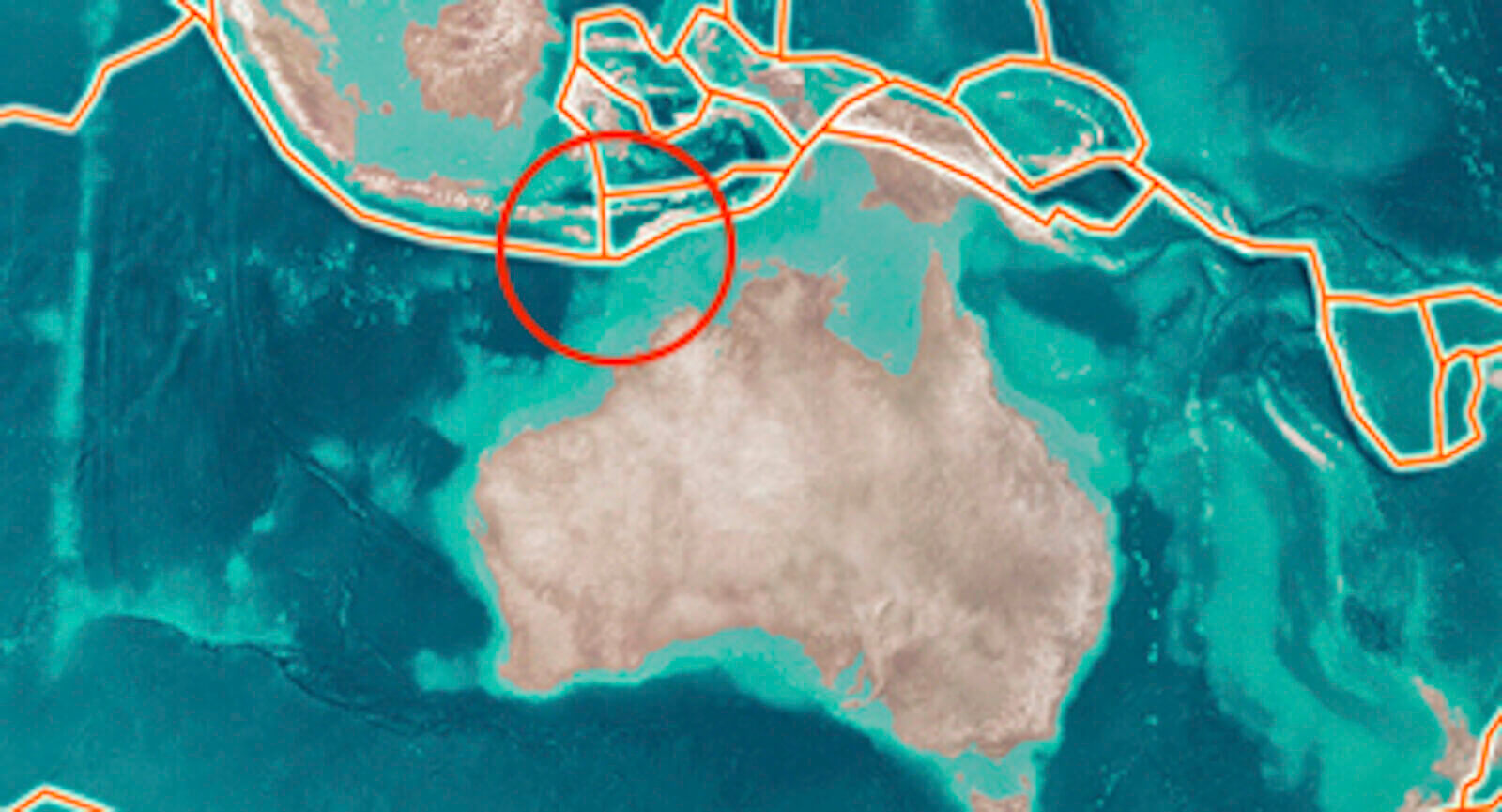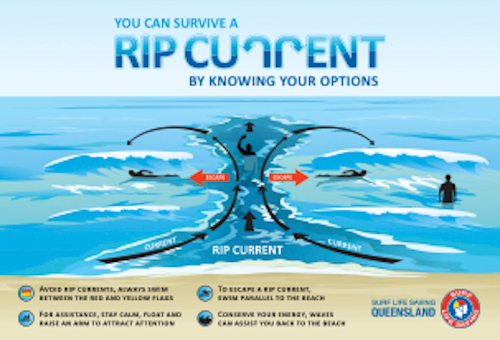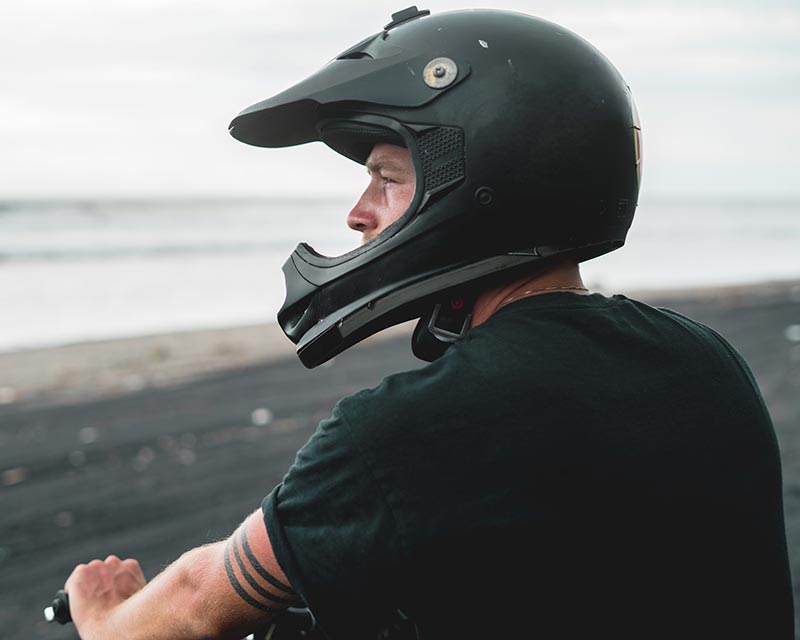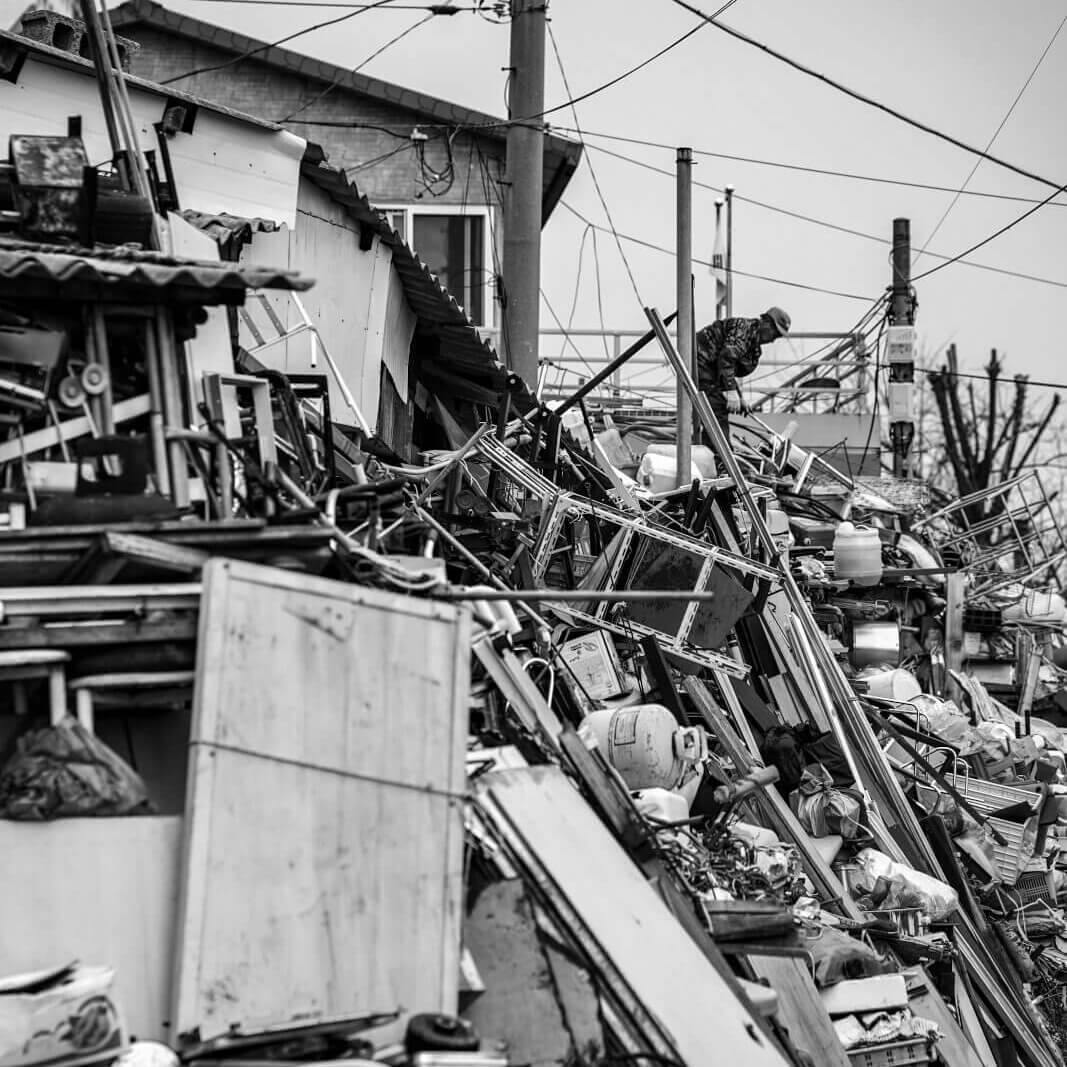
Bali Earthquakes sometimes rock!
The Indonesian region surrounding Bali is quite active and a high risk area. 2009 earthquake in West Sumatra reminds us once again that we live in a very disturbed region and a high risk area. A Tsunami 2004, Yogyakarta 2006, Padang 2009, Palu 2018 and Lombok 2019.
In August 2018 the Bali’s neighbouring island Lombok received an earthquake measuring 6.9 which resulted in approximately 98 casualties. The earth tremors were also felt in Bali causing concern of a Tsunami occurring.
Whats the cause to Earthquakes?
Bali, Indonesia is located on the edge of the tectonic plate called the “Sunda Plate”. It sits adjacent to the “Australian Plate” with is traveling north by 6cm per year. Where these plates meet is South of Timor and West of Sumba, about 250 kilometres South of Bali, is causing a lot of impact to the surrounding areas. The trench that runs between the two plates is known as the “Sunda Trench”.
The plates are converging in a subduction manner meaning that one is pushing under the other. The diving plate melts and is often released in volcanic eruptions. This is the cause pressure and builds up in specific locations. Sometimes there is a period of no earthquakes and this is called a “seismic gap”. This is serious and geologists say the longer the calm between the storms the bigger the next quake.
Singapore's Nanyang University reports that we have had 30 or more earthquakes magnitude 6 or greater in the Sumatra region in the past 10 years. “It is believed we are entering a cycle of activity that comes around approximately every 200 years. He also suggests we haven't had “the big one” yet” according to the university.
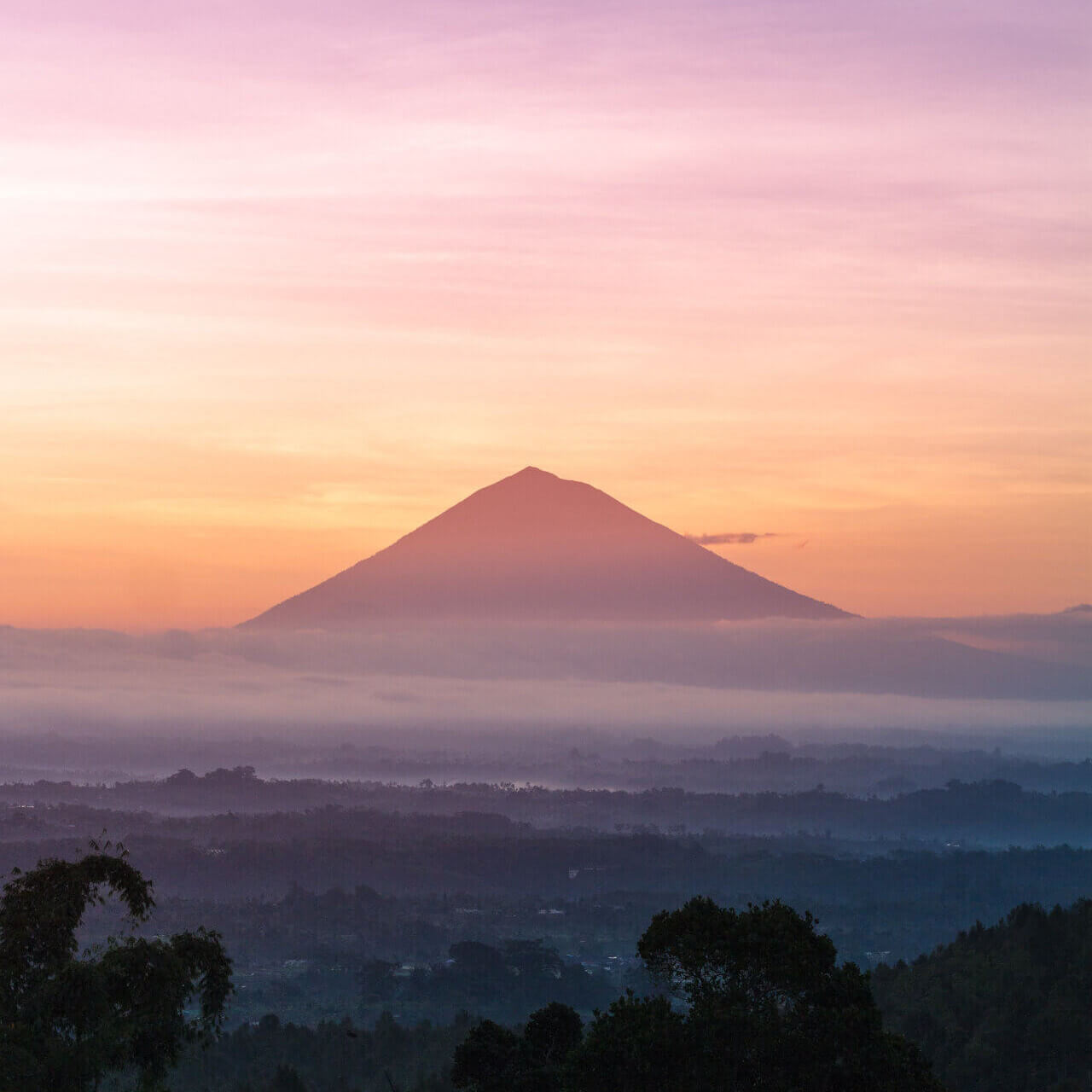
Our Bali is in an active area of Tsunami and Earthquakes so its worth understanding how to be prepared and look after yourself!
What to do during an Earthquake
- Stay Calm
- Find emergency exit and move to an open area, follow direction of hotel staff (if in hotel)
- If you are inside of a building and cannot move to open area position yourself under solid furniture, cover your head.
- If you are on a beach move to higher ground, keep away from cliff edges
- Listen for warnings from others, Radio 92.6 FM, Government office issues regular updates on their official Twitter account, and via apps for iPhones and Android devices. http://apps.bmkg.go.id
After an Earthquake
- Stay Calm
- Once earthquake has stopped move to open area
- Check for injuries, help others if possible
- Move away from beach areas to a safe location - tsunami zones
- Listen for Tsunami or Earthquake warnings from others, Radio 92.6 FM, The BMKG government office issues regular updates on their official Twitter account, and via apps for iPhones and Android devices. http://apps.bmkg.go.id
Emergency numbers police: 110
Ambulance: 118 and 119
National Search and Rescue: 115
Fire station: 113 or 1131
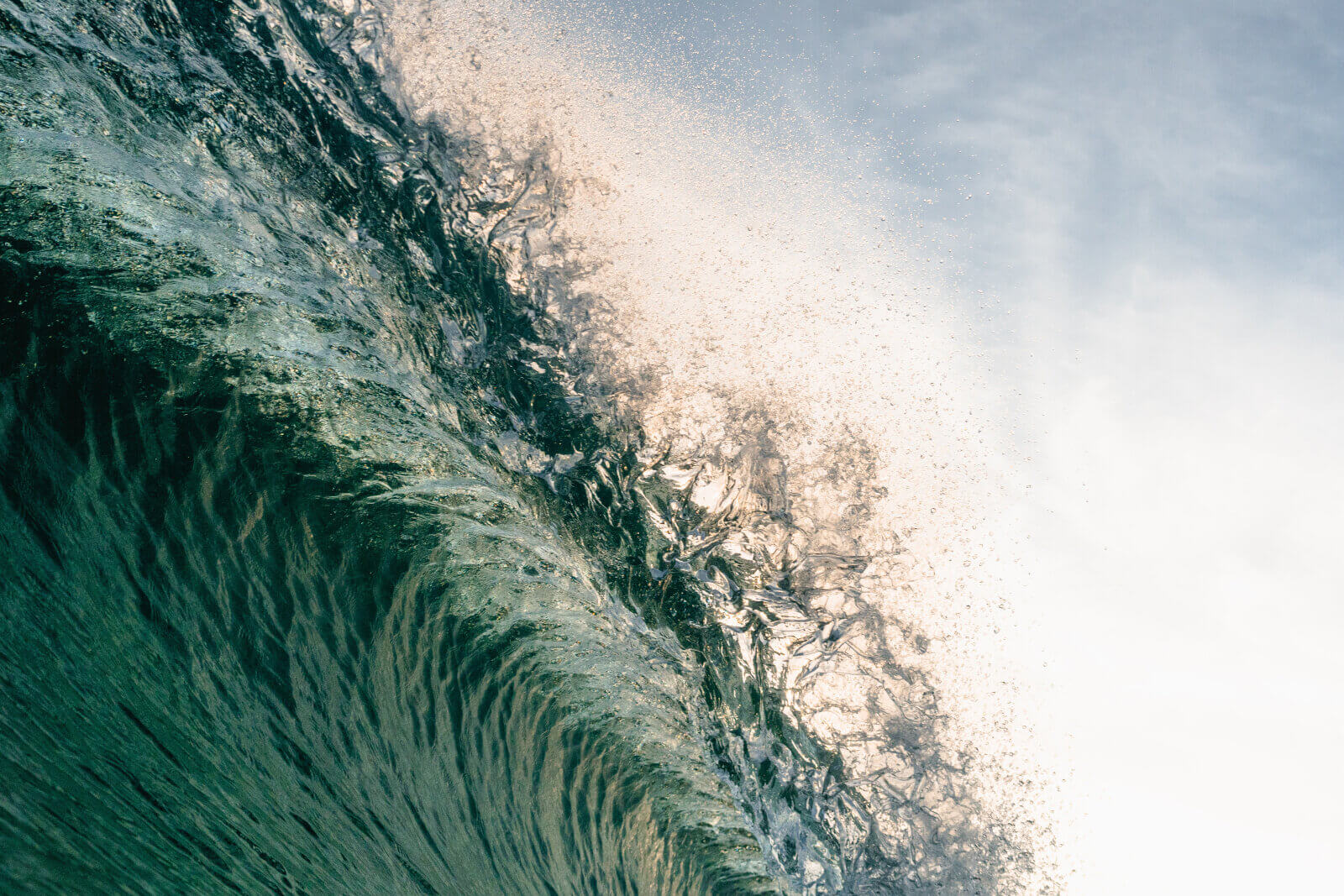
Whats the cause of a Tsunami?
According to the Tsunami Ready website, 75 % of Indonesia's Coastline will sooner or later be effected by a tsunami. A Tsunami is a large wave caused by a sudden vertical shift (ground movement) along the fault line between two plates, water is displaced and a tsunami is formed. If the shift is horizontal it is not likely that tsunamis will occur.
We are all aware of Tsunamis that have devastated countries and the impacts… To the south of Bali the Australia Plate is sliding under the Sunda Plate creating vertical movement and so we should expect that we are susceptible to Tsunamis.
Bali Tsunami warning system
Due to the Sundar Trench Bali island is in the line of fire regarding Tsunami events. South Bali areas such as Sanur, Benoa and Kuta are at lower land levels, are high level tourist occupancy locations, and is considered major impact locations.
The Indonesian Ministry of Culture & Tourism combined with the Bali Hotels Association have designed and implemented evacuation plans for all persons in these areas. Tsunami Ready website provides area evacuation maps and preparation tips in the event of a Tsunami threat. Please look at this website as its the best source of information for Tsunami readiness and reaction. You can also check out the GITEWS for more information on Tsunami preparedness. A siren system is in place around Kuta, Tanjung Benoa, Sanur, Kedonganan (near Jimbaran), Seminyak and Nusa Dua. But not heard in many locations.
Download http://apps.bmkg.go.id or other earthquake and Tsunami apps https://apps.apple.com/us/app/earthquake-tsunami-pro/id673013025.
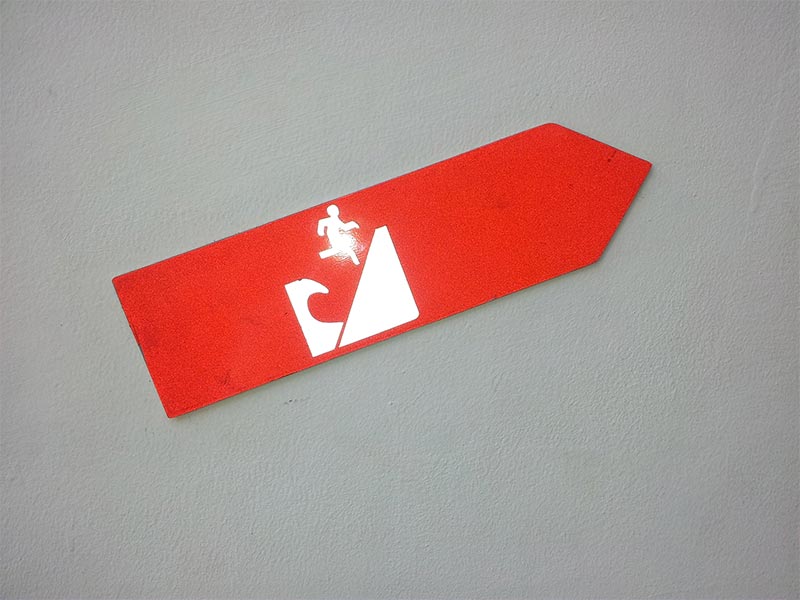
What to do when there is a Tsunami Warning?
- If you're on or near the beach areas and there is a prolonged earthquake don’t waste a moment, be Tsunami ready and head to higher ground.
- A siren activation (in some areas), social media message, or text message will be generated by the Bali Tsunami warning system.
- Stay Calm and move quickly
- Seek immediately higher ground, building three stories and over. The further from the beach and the higher you can go.
- Remain in location and listen for “all clear” messages. More Tsunami waves are likely to follow so stay in location.
Website links for further information:
US Geological Survey website.
Mr Fix it website.
https://www.gitews.org/tsunami-kit/en/id_tsunami_evacuation_map_badung.html

We are all aware of Tsunamis that have devastated countries, its worth knowing what to do

